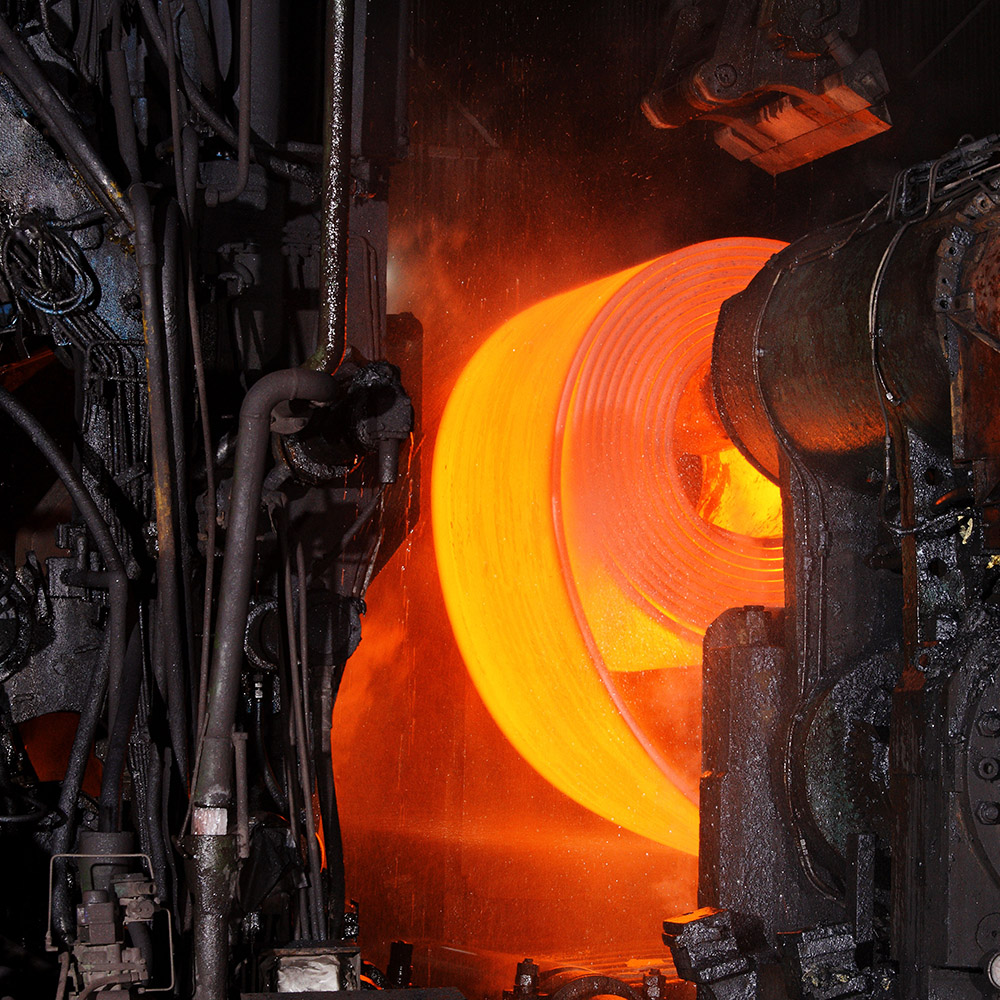Aluminum and steel industry power solutions
The manufacture of iron, steel, aluminum, and other intermediate metal goods requires greater amounts of energy, which increase the metals industry costs and impact on the environment.
To meet these challenges, the high volume of coke, blast furnace, and converter gases created in metals production and processing can be captured and used to efficiently fuel power generation for the industry. Using these gases to power turbines in power plants instead of discarding them as waste can help the industry save money and reduce harmful industrial CO2 emissions.
GE Vernova’s portfolio includes heavy-duty and aeroderivative gas turbine packages that can run on these alternative gases, as well as power conversion and productivity solutions created to help the metals industry operate more efficiently and cleanly.
GE Vernova’s portfolio includes technologies that can capture, clean, and process gases produced during metals processing to power its turbines.
GE Vernova’s portfolio includes technologies that can capture, clean, and process gases produced during metals processing to power its turbines.
GE Vernova’s portfolio includes technologies that can capture, clean, and process gases produced during metals processing to power its turbines
The steel industry uses coke oven gas to convert iron ore. Coke oven gas is a combustible hydrogen and hydrocarbon gas mix that can be cleaned and used as a fuel source to generate energy.
BFG fuel—a combination of nitrogen, carbon dioxide, carbon monoxide, and a small amount of hydrogen—has a low combustion value on its own, but it can be combined with coke oven gas or natural gas to sustain combustion.
Converter gas occurs either:
Portfolio
Contact us

